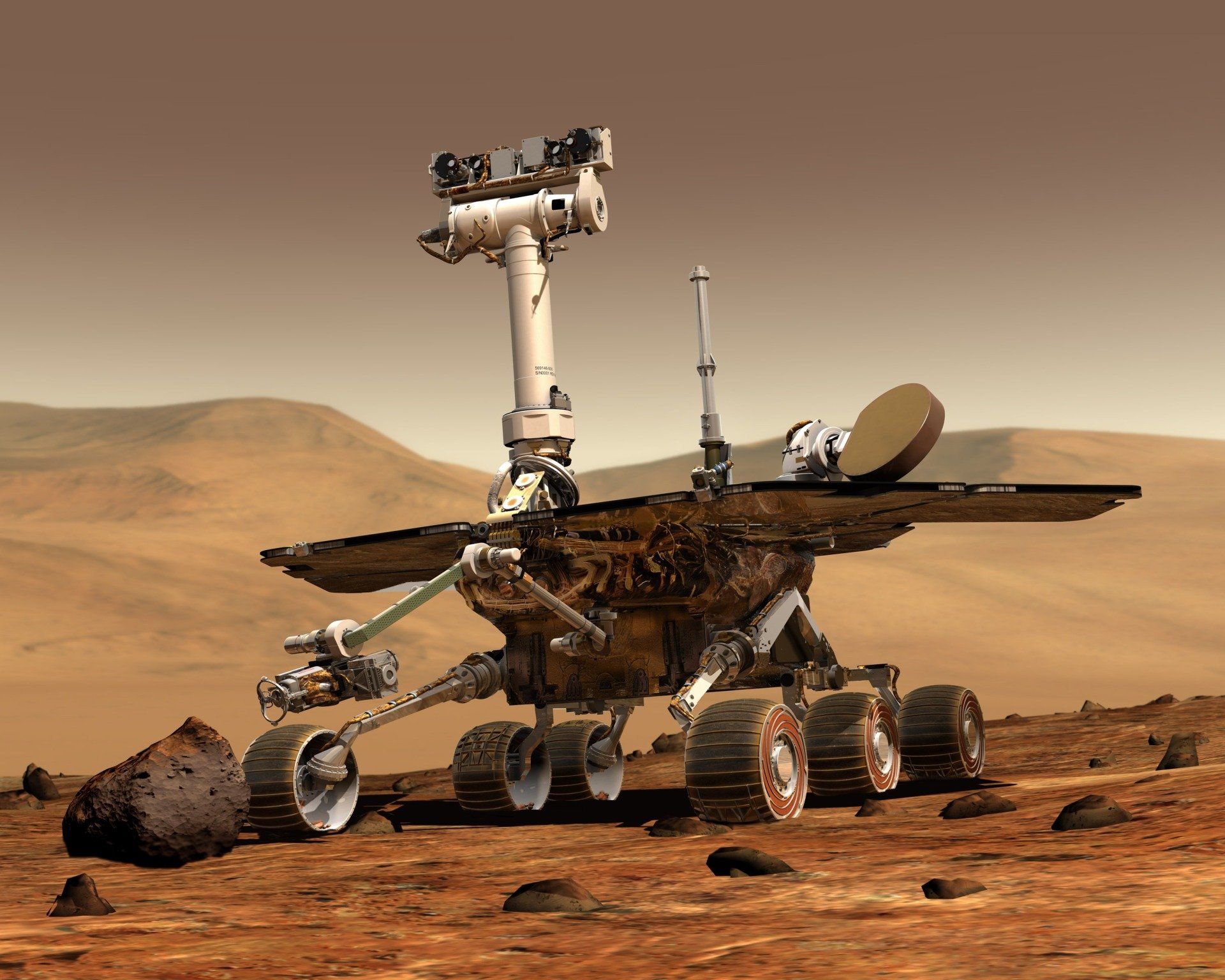CIRCULAR ECONOMY
Digitization for Decarbonization
By Josephine Andersen
August 30, 2020
Six months after the launch of the Commission’s Green Deal, experts and civil society groups are warning that current efforts are insufficient. Can better use of digitally-enabled solutions be the acceleration needed to reach the EU’s – and the world’s - climate objectives?
The Green Deal was launched by Ursula von der Leyen’s Commission in December 2019, an initiative which in her own word’s is described as “Europe’ man on the moon moment”. It is an unprecedented and ambitious attempt to alter nearly every aspect of the European economy with the overall objective of a climate neutral Europe by 2050. A couple of months later, the Commission presented its new digital strategy: Shaping Europe’s Digital Future which acknowledges the role of digital solutions as key tools in supporting decarbonization and advancing efforts related to the circular economy and improving resource efficiency.
Digitalisation technologies supporting decarbonization
The move away from fossil fuels to increased electrification by renewable energy sources like solar and wine, fundamentally changes the energy landscape to a system that is more complex, and the increasing amount of communication and information technology is already changing the way we produce, distribute and consume energy. As opposed to fossil fuels that are found below the ground, the topic is increasingly becoming an issue of having access to technology, more so than having access to resources. There is a wide range of applications of digitalization technologies that support decarbonization, from optimization within the energy sector, overall dematerialization or a smarter use of resources. The following section highlights some of the application of digitalization technologies that can contribute and accelerate the decarbonization process.
Huge amounts of data are already being collected in various areas. Better management of this data can allow big data to become a tool in decarbonization making electricity smart grids more accurate or through improving life-cycle assessments (LCA) of products and their value chains. Similarly, AI and machine learning can support the design of more sustainable products by learning from previous experiences and obtaining the optimal result at a higher speed then previously.
In addition to optimizing production processes, AI and machine learning can support the decarbonisation of the energy sector by predicting the output of wind and solar farms (see Google’s Deepmind subsidiary for an interesting initiative on predicting wind and solar capacity). AI also holds large potential in providing services to consumers as energy generators and personalization of energy devices. Increased use of Internet of Things (IoT) can lengthen the lifespan of products by monitoring their functioning through predictable maintenance or contribute to a more resource efficient energy use through the increased use of smart-meters or application in electric vehicles (EVs). Blockchain as a distributed ledger technology can facilitate a secure and transparent peer-to-peer transaction in a future energy system where all households act as prosumers in a highly complex and integrated grid system. Blockchain can also enable better and safer traceability of products and materials needed to support circularity in value chains.
Challenges and obstacles
While digital and technological solutions at times seem like the obvious solution, there are barriers that need to be overcome and possible rebound effects to be aware of. There is still a long way to go for digital infrastructure to fully harness the potential of digital solutions. In addition, increased use of IoT and AI raises issues related to privacy, trust and security that must be addressed to gain the acceptance of citizens and the public sector. For example, the ‘black box’ nature of machine learning for automatization can be problematic when it affects energy access to thousands of homes.
In terms of rebound effects stemming from increased digitalization, there is the risk that the efforts to decarbonize sectors though digitalization in itself will lead to a higher use of energy and resources. The indication that the ICT sector itself needs to undergo “a green transformation” has been highlighted in the EU’s digital strategy. The environmental footprint related not only to electronic and electrical equipment, but also data centres and cloud services is significant and needs to be decoupled from emission and waste.
It is estimated that 5-9% of global electricity consumption is consumed by the ICT sector, making up over 2% of global emissions. As an example, estimations show that Bitcoin technology’s energy consumption is at a similar level as that of Switzerland. The need for the ICT sector to lower their environmental footprint is however growing on the agenda with tech companies announcing net-zero emission targets. Microsoft, as an example, have partnered with the Swedish energy company Vattenfall in the procurement of renewable energy for their data centres in Sweden and the Netherlands and is one of the largest purchasers of renewable energy in the world.
The state of Europe in 2050 will be the result of the efforts to make the continent both green and fit for the digital age. As the EU’s digital strategy acknowledges: “Digital technologies, as advanced as they may be, are just a tool”. They are however tools that hold the enormous potential to accelerate the green transition.
Read More


Watch Our Episodes





